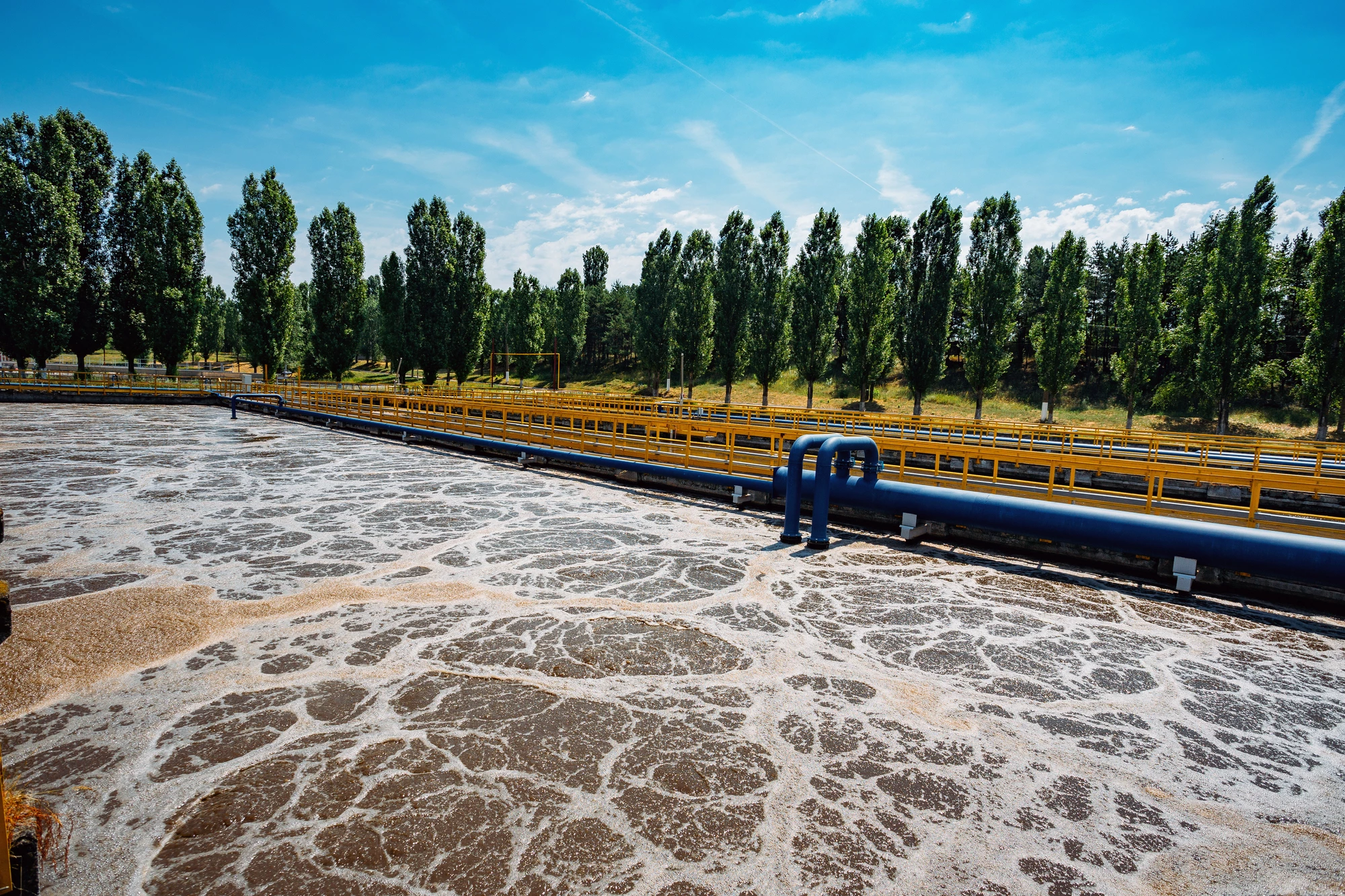Researchers have developed a simplified, sustainable method of converting sewage sludge from wastewater treatment into high-value activated carbon that can be used in a wide range of industrial and residential applications.
After you flush the toilet, drain the sink, or do the laundry, the wastewater travels through the sewer system to a wastewater treatment facility. This results in leftover solid waste – sewage sludge – that can contain heavy metals, chemicals, and pathogens. Given its high pollutant content, the large volume of globally produced sewage sludge causes environmental problems.
However, researchers from the University of Córdoba, Spain, have developed a sustainable, simplified way of converting sewage sludge into high-value activated carbon.
In recent years, pyrolysis, the thermal decomposition of materials at high temperatures in an inert atmosphere, has generated interest as a way of converting sewage sludge into valuable activated carbon. Because there are major knowledge gaps about whether the process is feasible for this purpose, the researchers started there.
Using raw sewage sludge that had been treated using a bioprocess where wastewater was purified using microorganisms, the researchers first dried it in a stove to remove the high moisture content. The dry product was then ground to a powder in a mill and mixed with an activating agent.
The activating agent, which activates or accelerates the thermochemical reaction, is crucial to obtaining activated carbon from sewage sludge. The researchers chose potassium hydroxide (KOH) due to its low cost and non-polluting properties, and experimented with using lower proportions to make the process more sustainable and reduce resource consumption, environmental pollution, and final production cost. After activation, the sludge powder was carbonized by pyrolysis in the absence of oxygen, and a hydrochloric acid treatment was added that purified and eliminated certain minerals.
Different mix ratios of sludge with KOH, pyrolysis time, and temperature targets were studied to establish the optimal method for producing high-surface-area activated carbons from the sludge. The researchers found that reducing the amount of KOH used by at least 50%, with a sludge-to-KOH ratio of 3:1 at a maximum temperature of 800 °C (1,472 °F) was optimal, producing a yield of 0.63 kg (1.3 lb) of activated carbon per kilogram (2.2 lb) of sewage sludge. This also resulted in a more porous activated carbon with a higher carbon content (62%). Because activated carbon is used for air and water purification, odor control, and precious metal recovery, its porosity is important as it increases its capacity for adsorbing chemicals from gases and liquids.
“From a practical point of view, it is important to propose solutions that can then be carried out on an industrial scale,” said the study’s corresponding author, María Ángeles Martín. “[I]t is one of the simplest procedures in the literature and uses technologies that already exist on the market on an industrial scale.”
When the researchers performed energy, mass and economic calculations, they estimated that the cost of producing activated carbon derived from wet sewage sludge was €17.53 (US$18.91) per kg. They say that the high cost is due to the 92% moisture content of the sludge. If centrifugation were used during wastewater treatment to reduce humidity to 80%, they estimate the cost would decrease by more than 50% to €8 ($8.63) per kg of activated carbon.
Now that the simplified process has been tested to verify the quality of activated carbon obtained from sewage sludge, the researchers plan to develop applications for this material.
The study was published in the Journal of Environmental Management.
Source: Universidad de Córdoba





